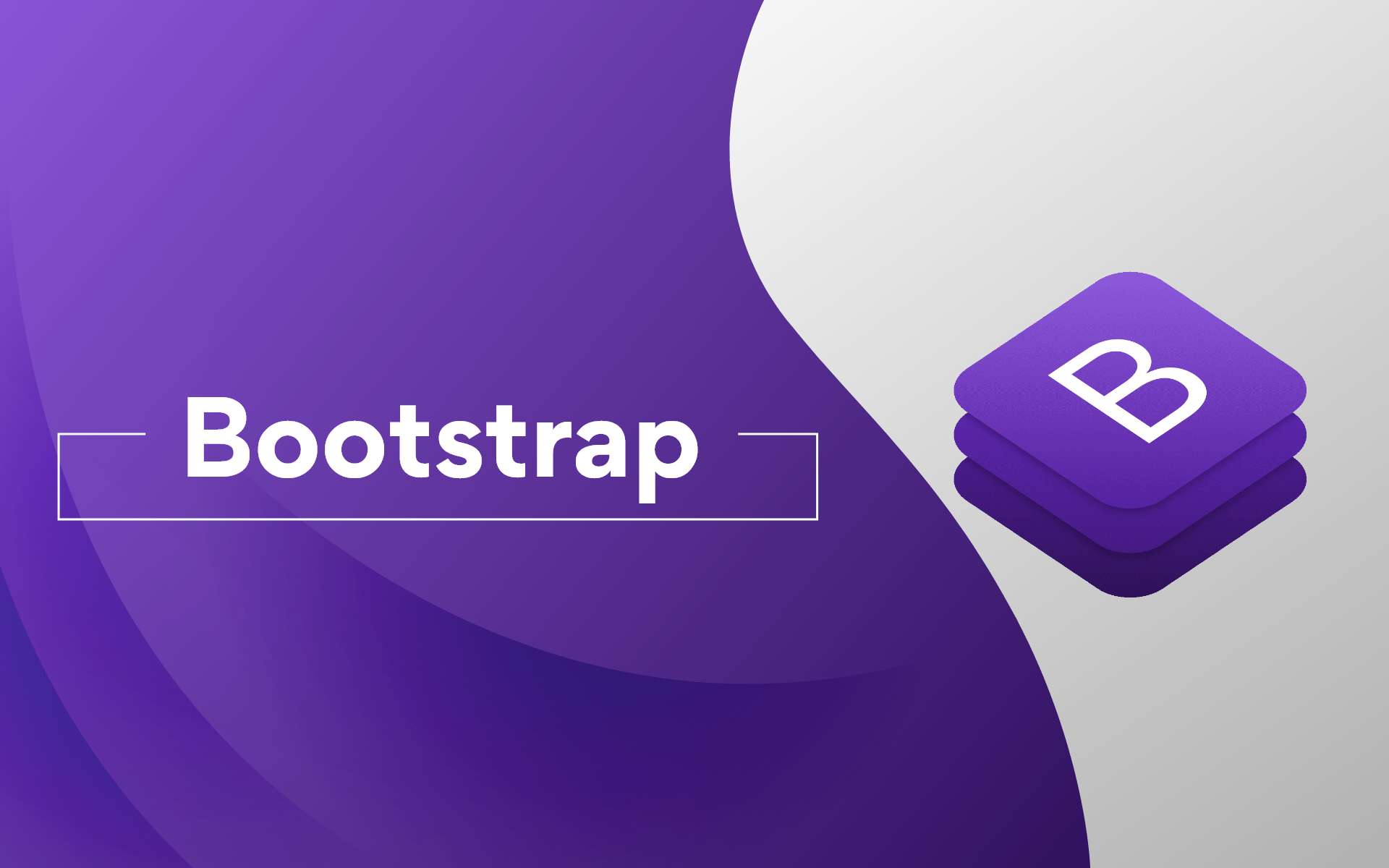What is CSS

Bootstrap is a popular open-source front-end framework used for designing responsive and mobile-first websites and web applications. Developed by Twitter, Bootstrap provides a collection of HTML, CSS, and JavaScript components, as well as pre-designed templates and themes, to streamline the process of web development and ensure consistency across projects. Here's an in-depth look at Bootstrap and its key features:
Responsive Grid System
Bootstrap utilizes a responsive grid system based on a 12-column layout, allowing developers to create flexible and responsive web layouts that adapt to different screen sizes and devices.
The grid system is built using CSS classes such as .container, .row, and .col-*, where * represents the number of columns each element spans.
CSS Components
Bootstrap provides a wide range of CSS components, including typography, buttons, forms, tables, alerts, badges, progress bars, and more.
These components come with pre-styled CSS classes that can be easily applied to HTML elements to achieve consistent and visually appealing designs.
Responsive Utilities
Bootstrap offers a set of responsive utility classes that enable developers to show or hide elements based on screen size, as well as adjust their alignment, spacing, and visibility.
Utility classes such as .d-none, .d-block, .text-center, .m-1, and .p-3 provide quick and convenient ways to control the layout and appearance of elements across different devices.
JavaScript Plugins
Bootstrap includes a collection of JavaScript plugins that add interactivity and functionality to web pages, such as carousels, modals, dropdowns, tooltips, popovers, tabs, and accordions.
These plugins are built on top of the jQuery library and enhance the user experience by providing dynamic and interactive features without the need for custom JavaScript code.
Customizable Themes
Bootstrap offers customizable themes and templates that allow developers to quickly create visually stunning and professionally designed websites.
Themes can be customized using Bootstrap's built-in Sass variables and mixins, or by using third-party tools and editors to modify the default styles and colors.
Accessibility and Cross-Browser Compatibility
Bootstrap is designed with accessibility and cross-browser compatibility in mind, ensuring that websites built with Bootstrap are accessible to users with disabilities and compatible with a wide range of web browsers.
Bootstrap follows best practices for web development, such as using semantic HTML, providing alternative text for images, and ensuring keyboard accessibility, to create inclusive and user-friendly web experiences.
Community and Documentation
Bootstrap has a large and active community of developers, designers, and contributors who contribute to its ongoing development and improvement.
Bootstrap's official documentation provides comprehensive guides, tutorials, and examples to help developers get started with Bootstrap, learn its features and best practices, and troubleshoot issues.
Bootstrap has become a go-to framework for web developers due to its ease of use, flexibility, and robust set of features. Whether you're building a simple landing page or a complex web application, Bootstrap provides the tools and resources you need to create modern, responsive, and visually appealing websites with minimal effort.